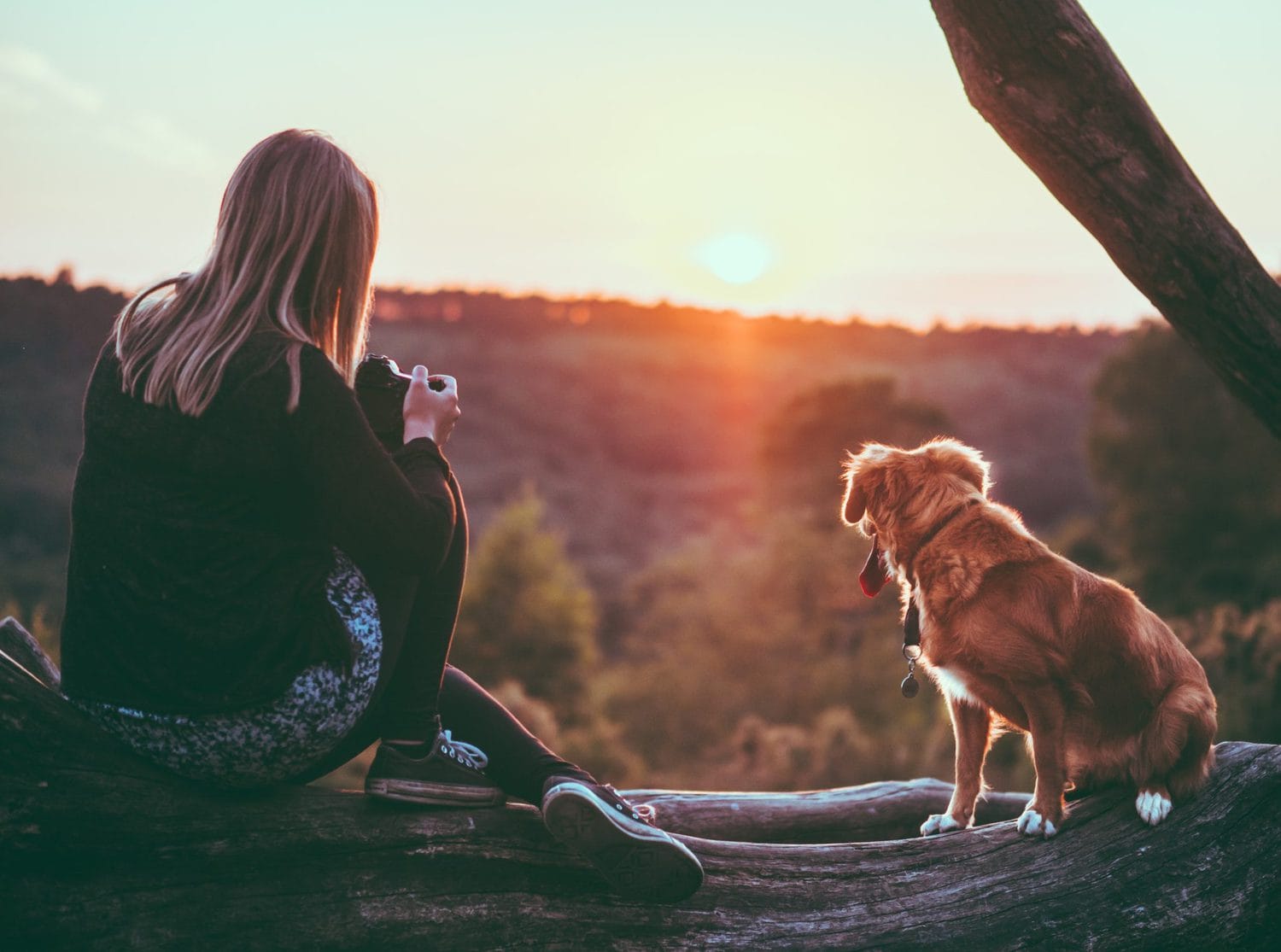There are no ugly pets : dogs, cats, parakeets... they are all gorgeous and photogenic, right? Have you ever tried to portray your favorite furry (scaled or feathered) and have not obtained great results? Don't worry, it's not that your pet is ugly, far from it, it's that you still don't know how to get its good side out of it. It's okay, that's why we're here, to learn together. For this reason, today I have proposed to collect all the information related to pet photography.
The objective is to provide you with everything (ABSOLUTELY EVERYTHING) you need to know to achieve impressive photos of your pet, whether at home with your camera, even with your mobile phone and with little means; Or it is to carry out a professional photographic session, if you are thinking of opening a new business guide.
As you can see, it is a very complete reference guide on pet photography, so if this is your topic, please keep an eye on it. Surely you will want to return to it from time to time to refresh some point. Settle in for now, I already have my coffee ready, and you? Great. Let's go mess!
WHAT IS PET PHOTOGRAPHY?
Photographing pets has become a fun and profitable business, as there are many families who want to immortalize their pet to have an unforgettable memory. For families, the animal becomes one more member, so, in addition to regularly photographing them at home, they often resort to a professional photo session, which can be in the studio or outdoors. This is what pet photography is all about. Interested? Keep reading ?
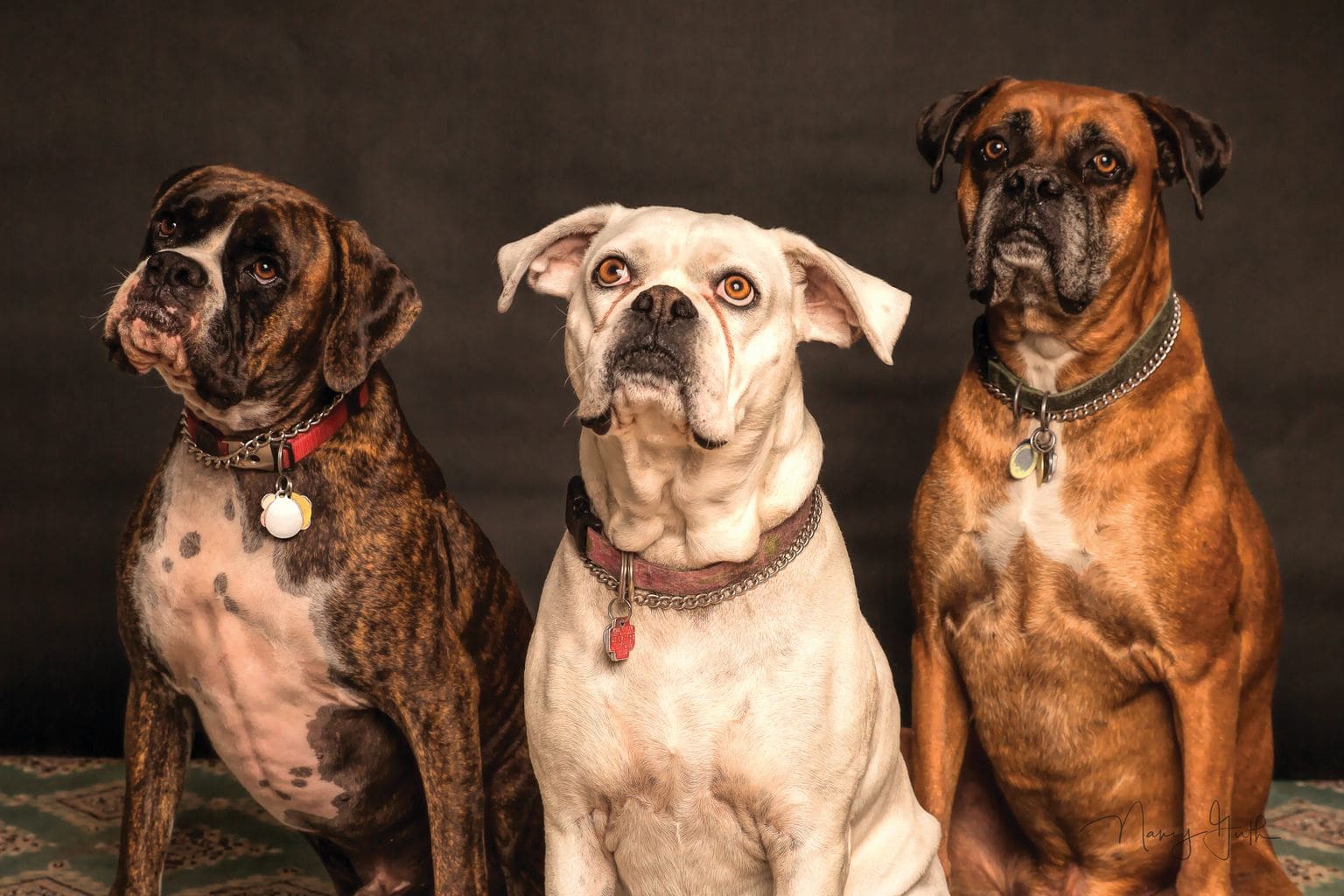
PET PHOTOGRAPHY EQUIPMENT
Obviously, photographing your pet at home for pure pleasure is not the same as doing it professionally. So let's see what you need depending on the photographer you are.
If photography doesn't interest you beyond taking cool photos of your pet, don't get complicated, the camera you have will help you, even if it's your mobile phone, and a few tips to make the most of its potential. Later I will reveal the tips and tricks you need.
Are you fond of photography beyond pet photography or want to dedicate yourself professionally to it. This is the equipment I recommend for photographing pets:
- Camera with Manual Mode.
- Adequate objective (below, I dedicate a section to this topic because it is the most important).
- Filter to protect the lens from various licks and other possible dog accidents and the like.
- Parasol, also to protect the objective.
- Lighting kit if you intend to set up a studio. I would recommend a light window and a reflector. External flash? Never-ever-ever-with-pets. What do you have no choice? Well, make sure that it is not a scary pet, that you put it at the lowest possible power and that you bounce it so as not to hit it directly. Before you should have shot the other way and give him a treat at the same time so that he associates it with a positive stimulus. Come on, you have to work hard and still most likely bother her.
- If you are going to dedicate yourself professionally, below I will reveal what else you cannot miss in your backpack.
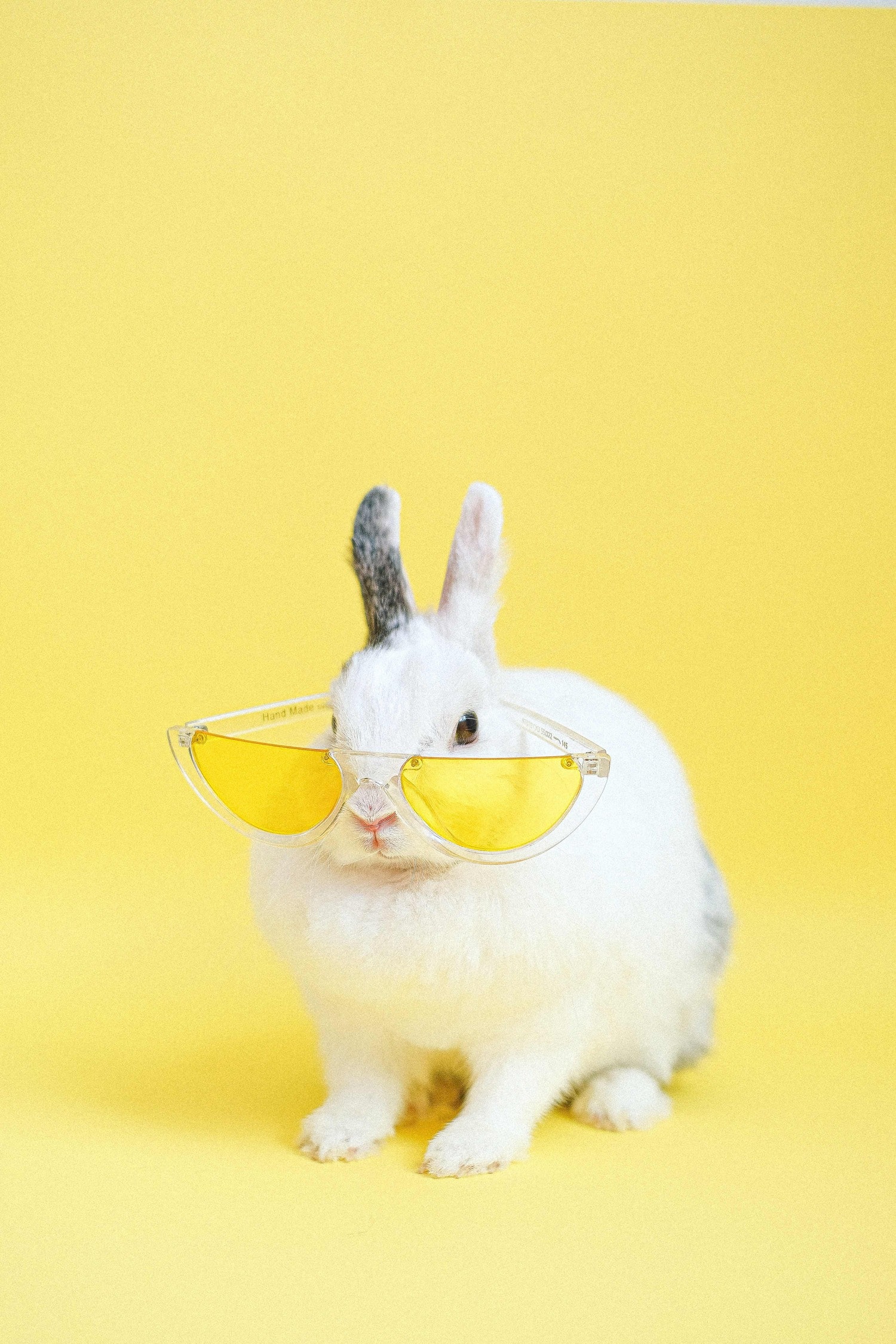
RECOMMENDED LENSES FOR PHOTOGRAPHING PETS
As I have told you before, the lens is more important than the camera, because once you have a camera with manual settings, it is what will give you more creative options.
When it comes to animals, the most common ones are my favorite, the (wonderful) 50mm , the 85mm, and the 70-200mm (or similar). The first two, which are fixed, will give you more quality and are ideal for close-up portraits. The 70-200mm will give you more versatility and options for shooting from a distance and in action.
To photograph within a context or a landscape, for example, use an angle. On the other hand, if you are looking for creative and fun photos, a fisheye will come from the cinema.
If you have a macro, you can use it to magnify details, such as a snout, a paw, a super characteristic spot, a shell, the skin of a chameleon, etc. It's also ideal if the pet is an insect, which... hey, there are those who try to tame spiders and other critters, right? It will have to be taken into account ? .
It is important that you choose the lens based on the type of pet and the type of photo you want to take. In this article we tell you in depth what are the best objectives for photographing animals .
SETTINGS FOR PET PHOTOGRAPHY
Although situations can vary greatly, I will leave you with some basic settings when photographing pets:
- Aperture Priority mode with wide aperture (small f/number) to blur the background.
- Speed Priority mode with fast speeds if the pet is moving. Starting at 1/250s or faster depending on how fast it moves and the focal length you use, if it's a telephoto, better 1/500s or more.
- Low ISO values as far as possible, but if it is a special moment and in low light, it is better to have noise and have the photo than to have nothing.
- Continuous focus (Al Servo/AF-C), unless the pet is asleep.
- Burst mode (with the same exception above ? ).
- Silent mode, if your camera has this possibility.
- Shoot in RAW format if you plan to edit the photos, otherwise better in JPG.
- If you photograph in JPG, keep an eye on the white balance.
- When there are several animals, put them in the same plane so that they are all in focus or use medium apertures (f / 8).
- Dodge one or two stops for very dark colored pets.
- Burn one or two stops for very light colored pets. That you are more lost than the rice boat and you don't know what I'm talking about with underexposing, overexposing, etc.? Solve your doubts about light and exposure here .
And if your landing in photography is so recent that you don't know what I mean when I talk about aperture, speed, ISO, etc., you're going to have to learn some basic photography concepts first. The good news is that I have prepared this guide to make it very easy for you.
After this brief paragraph, let's continue with our pet photography ?
COMPOSITION IN PET PHOTOGRAPHY
The way you place the elements within the frame is really important. In fact, a good composition can overcome some deficiencies of a technical nature, so pay attention:
- Keep the law of gaze in mind by leaving space in the direction the pet is looking, or heading.
- Use negative space to give it prominence.
- The center of interest will be, except in exceptional cases, the eyes, make sure that they are in one of the points of interest of the rule of thirds and that they are well focused.
- Fill the frame for more striking portraits.
- Include context when you want to tell a story.
- Tongue out doesn't always look good, especially when it's an exhausted dog, and many families don't like to see pictures of their dog with its tongue hanging out from sheer exhaustion.
- The raised ears in dogs and cats are better because the animal is alert and happy. Except when they are long and hanging ears, of course.
- Capture the details, the texture of its fur or shell, its hooves, etc.
- Be careful with the backgrounds, it is important that they do not distract, if there are many distracting elements and it is not possible to change the place of the pet, it is better to change the perspective or blur as much as possible.
- Use perspective to arouse emotions or change the animal's perception. The ideal is at eye level, but if you photograph from above, you will reveal their vulnerability and they may appear more fragile, awakening tenderness. From below you will give it more power and it will appear more fierce.
- Never cut by joints, ears or tail.
- Look for creative photos, below I will leave you some more concrete ideas to awaken your creativity.
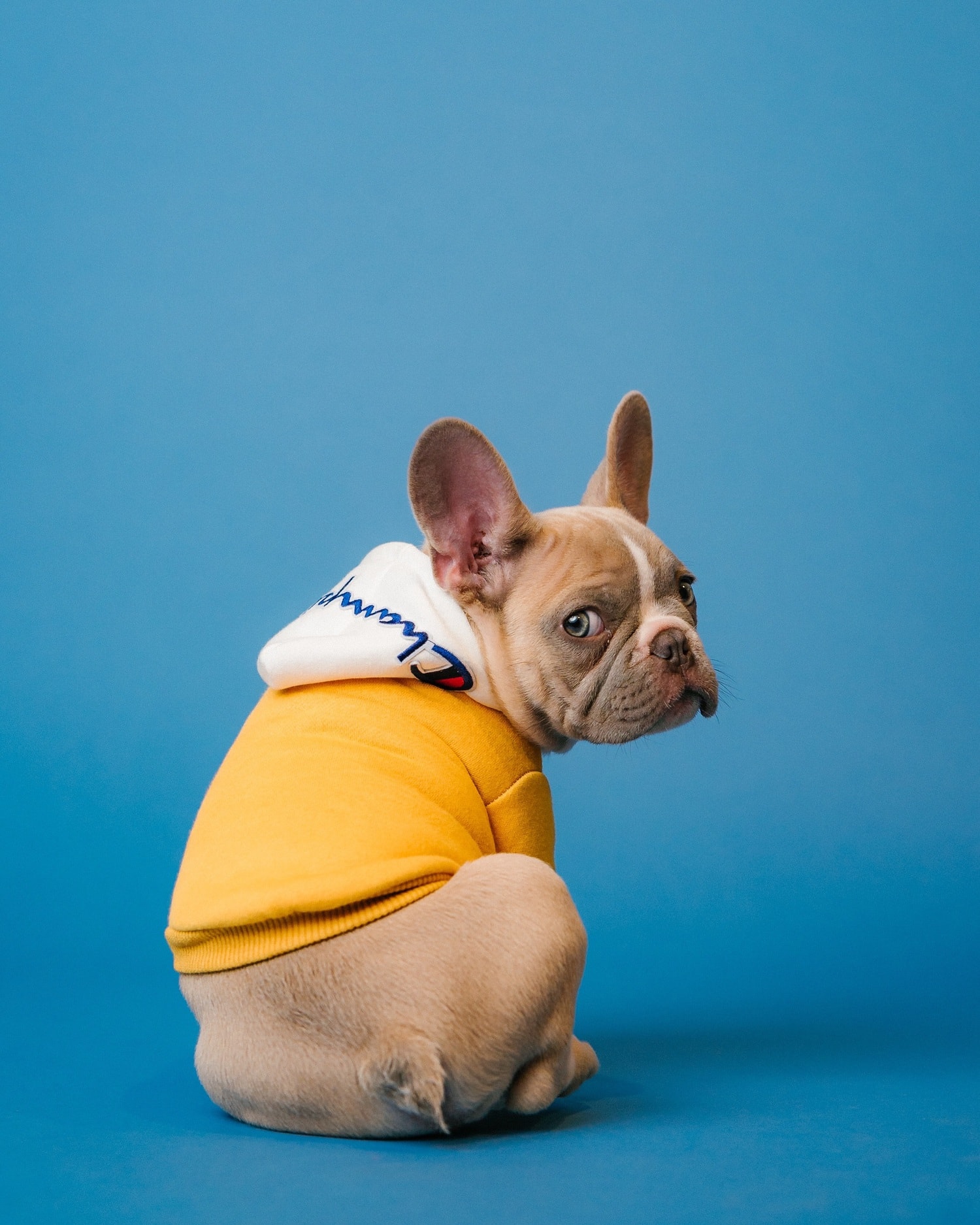
LIGHTING IN PET PHOTOGRAPHY
The ideal when lighting a pet is to resort to natural light, especially since it is what it will feel most comfortable with. So open the curtains and bring your pet closer to the light. Now, if it is in a studio where you do not have enough natural light, you will have to get continuous light. The thing about the flash, as I told you before, we leave it for other occasions. The flashes scare the pets and you can kill the session, better use, in the absence of a real window, a window of continuous light (or two).
With lighting, beyond exposing correctly, you can awaken sensations. With a soft light you will have sweeter portraits that inspire tenderness and tranquility, while letting you see the details better. Hard light is more dramatic and aggressive and brings out textures. It is important that you choose one or the other depending on what you want to convey, the personality of the pet, the moment, etc.
You can also resort to high key and low key to excite with your pet photos.
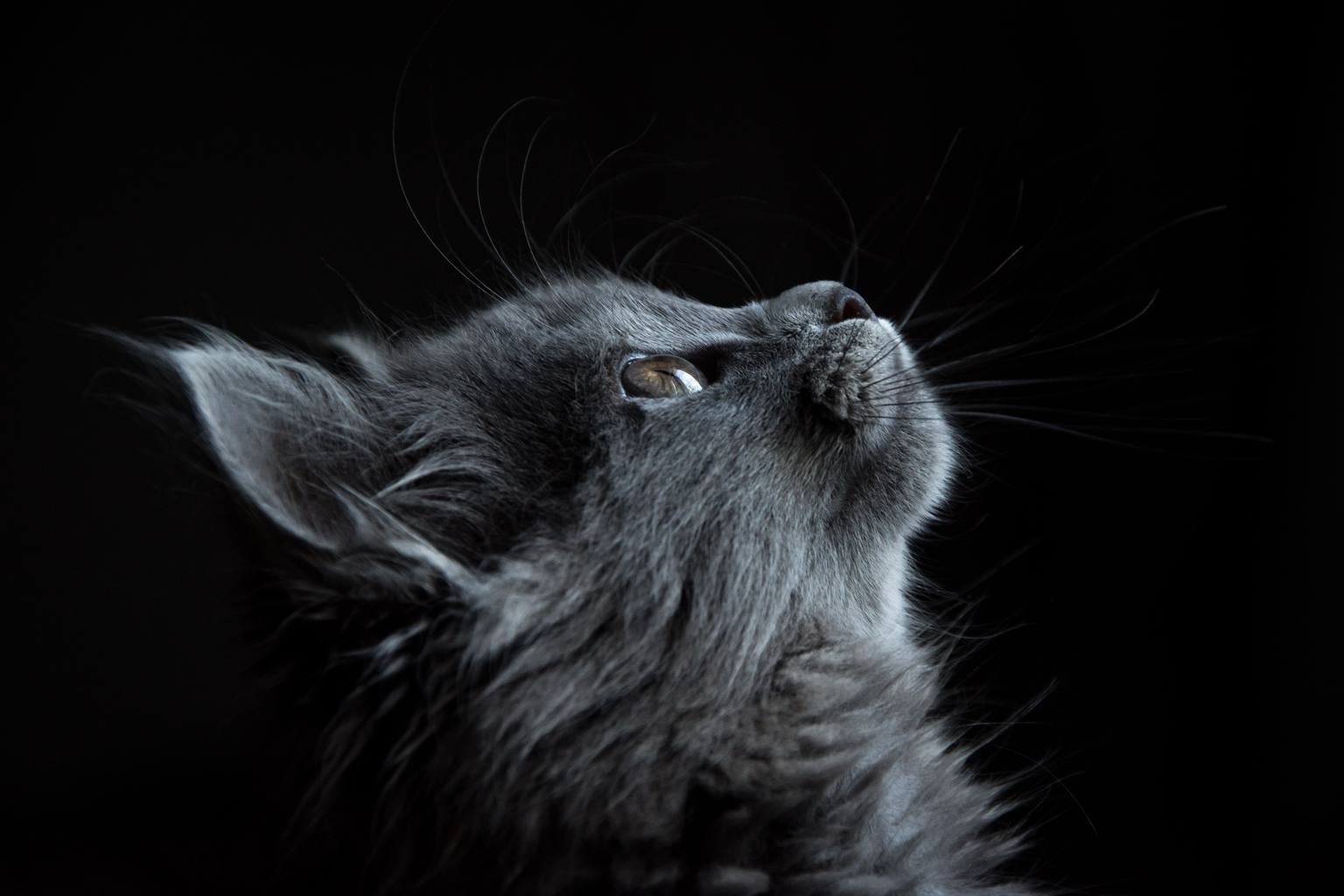
Some tricks related to lighting that you are interested in knowing:
- Look for places with a lot of light, near a window, a door, or even a lamp if it's night.
- With light from the front, take special care of the background.
- For a dramatic or sinister portrait, light your pet from below.
- Use the schemes and tricks for lighting portraits of people, they will also serve as a guide for portraying pets.
- Use natural reflectors to fill shadows or gain light: a white wall, a curtain, etc.
TIPS AND TRICKS FOR PHOTOGRAPHING PETS
Now that we have already talked about these important aspects such as light or composition, we are going to see some general tips for photographing pets:
- Connect with the pet. If it's not your pet, before you start, take some time to get to know you and gain confidence.
- Eyes always focused. Unless you're looking for an extremely close-up of the hooves or muzzle, of course. Creativity has no limits. But don't be careless.
- Photograph them at their level, even if you have to drop to the ground. Shoot at their eye level for more impact, unless you want to make use of the sensations of perspective that I told you about earlier.
- Focus on his character and personality. No one knows your pet and her habits better than you. The photo will have much more grace and sparkle if it represents a typical situation of your pet: for example, if it is a normally lazy cat, photograph it being lazy. If, on the contrary, it is a dog that does not stop running around, take a picture of it in action. If it's not your pet, ask the owners and do some research to portray its personality.
- I insist on the background, it is an important part of the photo. A good background will elevate your pet, an inadequate one will ruin the photo.
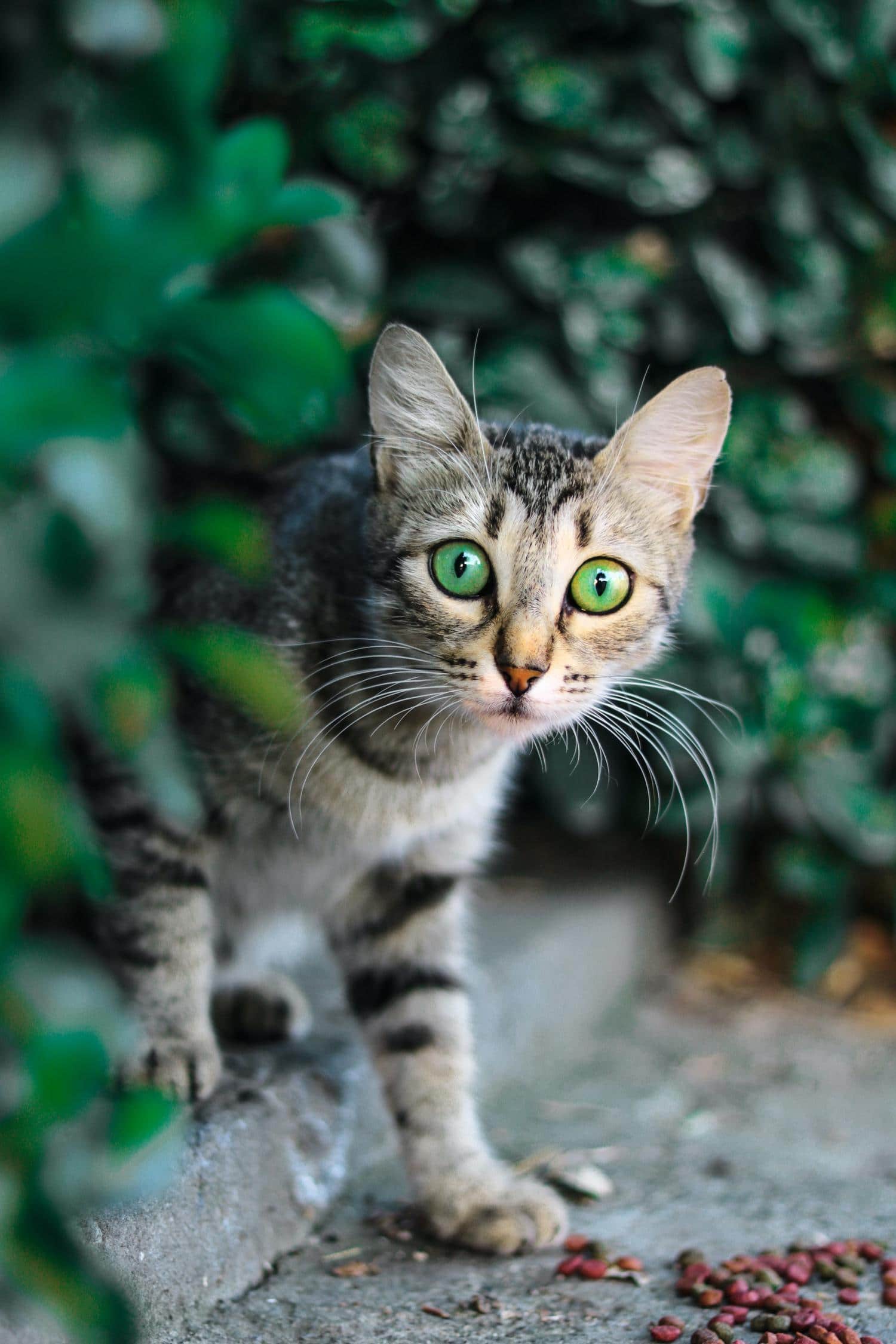
- And if what you want is to impress an animal with its portrait, don't miss these tips .
- By the way, for their sake ?, avoid these mistakes when photographing your pet .
- If you can convey emotion with wild animals , you can also with domestic animals.
- Plan as much as you can. It must be recognized that these little creatures sometimes do not cooperate, so I recommend you choose a good moment, have the equipment prepared in advance and all the accessories, choose the location well, make a list of photos you want to get and let them get used to it. to your camera before taking photos.
- Capture the relationship with its owner or family. If you are their attachment figure, you can always take a self-portrait with your pet, here you will know how to do it. And if there is a new member, why not shoot them together? Check out this photo shoot of a newborn baby and the family dog, who isn't exactly tiny...
- Ah, now… your pet is in an aquarium ! We also tell you how to photograph it successfully.
- To photograph them at rest, you can use baskets or similar, especially with cats. And remember to tire them out first so they can relax (without exhausting them and letting their tongues hit the ground).
- Offer rewards. Sweets (suitable for each pet) will be your best ally.
- Invite a friend. Does your pet have another friend, friend or family pet that they hang out with often? Well, invite her to the session and photograph their relationship. They will give you unique, endearing and/or funny snapshots.
- Be flexible. It is important to adapt to the situation, if it is not allowed at that moment, let it be and try to photograph the animal from afar. And if he feels bad, tired, nervous, etc., he cancels the session. The important thing is your well-being, not the photos.
- Be patient. For the same reason that I mentioned before, that they don't cooperate, you better be patient or you'll get frustrated sooner than it takes a pet to eat a treat.
- Enjoy and have fun. Especially if it is your pet or a friend's. The important thing in these “non-professional” situations is not to take a photo 10, but to enjoy, learn and have a good memory, in your head and in your hand.
- Get inspired on the net. Browse pet photos for ideas. Later I will also leave you a dose of inspiration.
And if this didn't work for you, I'll tell you right away the tricks that professionals use ?
HOW TO PHOTOGRAPH YOUR PET WITH YOUR MOBILE
If your thing is photography with your mobile phone, I cannot stop recommending the mega guide that I wrote so that you can get the most out of your smartphone's camera. However, I leave you a summary with the most important tips and tricks for photographing your pet with your mobile:
- Look for the light, this is the weakest point of the mobiles. If you photograph in a space with plenty of light, you will notice the improvement a lot: outdoors, near a window, on a porch, etc. In the next section you have more information about exteriors.
- Keep in mind that mobile phones work best when the lighting is homogeneous.
- Clean the camera. Wipe a soft cloth over the lens before taking photos. It's very basic, I know, but it's forgotten so many times that you have to insist on it. It's easy to forget, it's easy to do it, and the difference between shooting with a dirty lens and a clean one is abysmal.
- Don't use the zoom. Unless your smartphone is high-end and has incredible optical zoom, don't use it. Use your feet.
- Use the main camera of your smartphone, it usually gives better results than the selfie camera .
- And if you want to take a selfie with your pet, stabilize the mobile and use the automatic or delayed timer to photograph from the main camera.
- Try to compose well the first time, cutting means losing a lot of image quality.
- Composing well implies taking care of the funds, focusing on the eyes, resorting to the rule of thirds, the look, photographing at eye level and all the advice that I have given you in the section above on composition.
- Hold the phone well when taking the photo.
- Photograph them when they are still, especially if the light is poor.
- To photograph them in motion better with more light and shoot in bursts to ensure the best moment or position.
- Download an app that allows you to manually adjust the parameters.
- Keep an eye on the white balance, when there are artificial lights, to avoid unwanted orange or bluish tones.
- Do not photograph with filters. To do it there is always time later, take the original photo without filters.
- And the same with black and white. Even if you have it clear at the time of the shot, do not use the black and white filter. If you photograph in color you will be able to take better advantage of the information at the time of processing.
- If your mobile has the RAW format option and you plan to edit the photos later, use it.
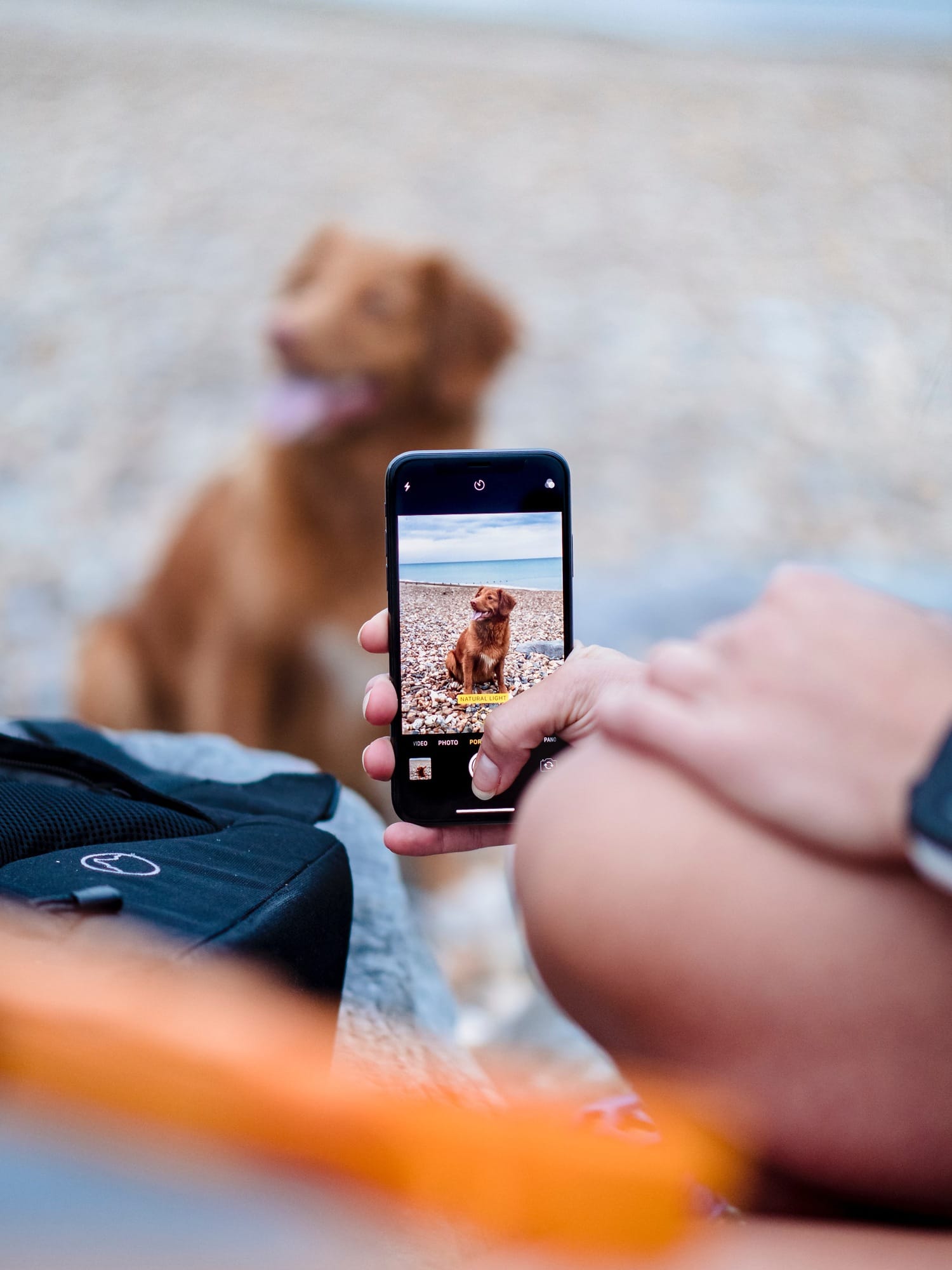
TIPS FOR PHOTOGRAPHING YOUR PET AT HOME
Your pet is at home like nowhere else. Especially if it is a calm and home animal. And you, even if it doesn't seem like the most appropriate place, you don't know it, but you're also on your ground. That is, you play with advantage. You know which are the places with the most light, the places where your pet prefers to be, you have everything you need (your pet too), etc.
Start looking at your home with different eyes, take a look at these tricks to illuminate your portraits indoors , look for your pet's most receptive moment and make a good composition taking care of the background. You do not need anything else!
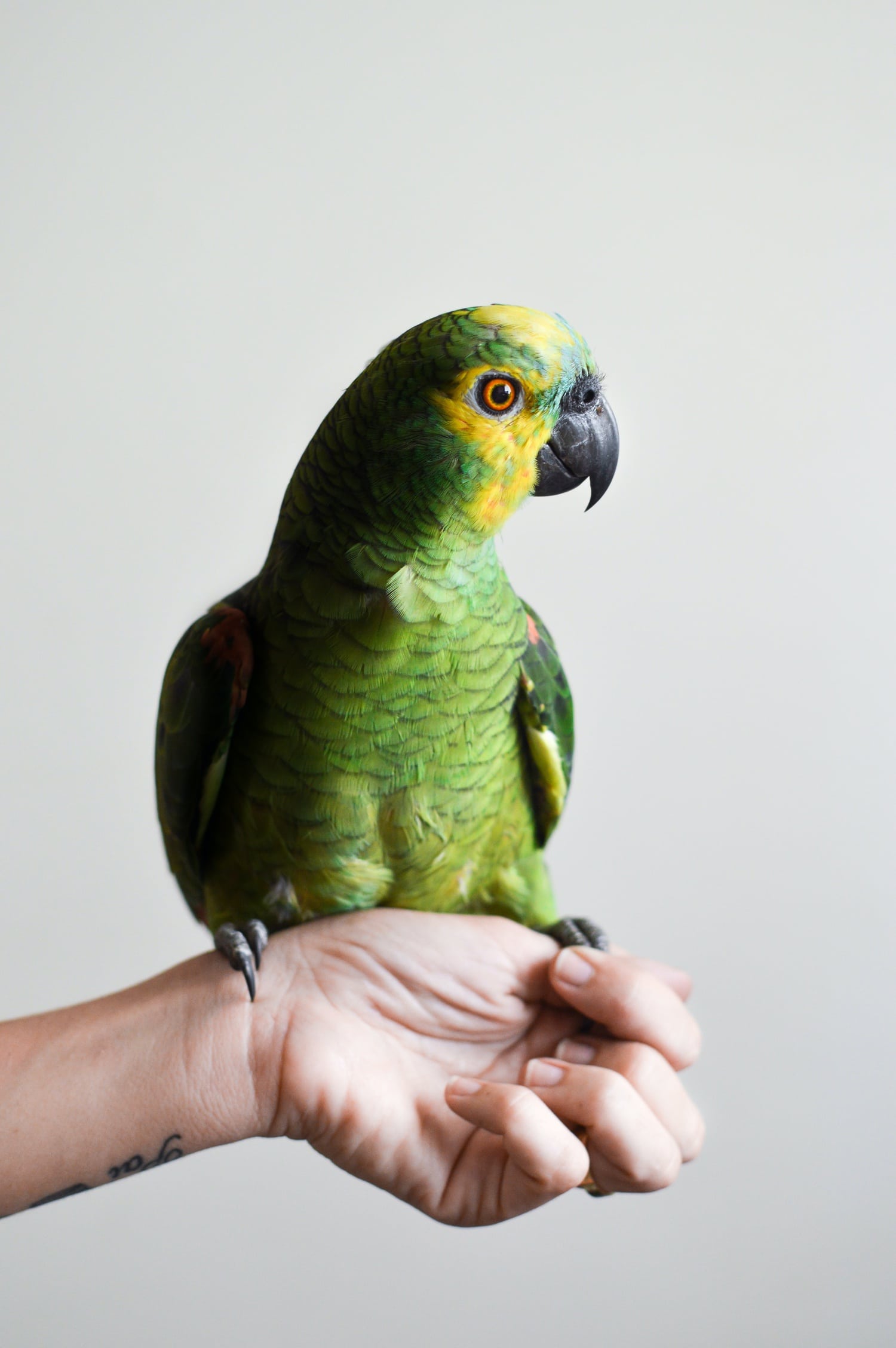
HOW TO PHOTOGRAPH PETS OUTDOORS
To photograph your pet outdoors, that is, outside the home or a studio, you should mainly take these aspects into account:
- Location. Choose a good, safe place where the animal has space to run around or rest and that provides you with a good background context.
- Lightning. Each hour or moment of the day will provide you with different lighting. If you want a diffuse light, to have detail, homogeneity and more harmonious photos, better first thing in the day or last. Also cloudy days are a good option to have soft light. You will have a hard, more dramatic light that highlights textures and colors on sunny days and in the central hours of the day. Also the golden hour of sunrise or sunset will give you great moments, warmth and the most interesting backlighting, for silhouettes or light profiles.
- Planning. When planning the session, make sure you take into account the lighting and the distance to the place, if you have to walk there more or less, etc. It is convenient for the pet to arrive tired (not extremely) if you want photos of it at rest, if you are looking for action, it will have to come more rested. Also keep in mind that you do not lack any of the equipment and accessories that you need and neither water and/or food for the animal (coordinate with its owner if it is not you).
- Security. Depending on the animal, watch over its safety and that of whoever may be around.
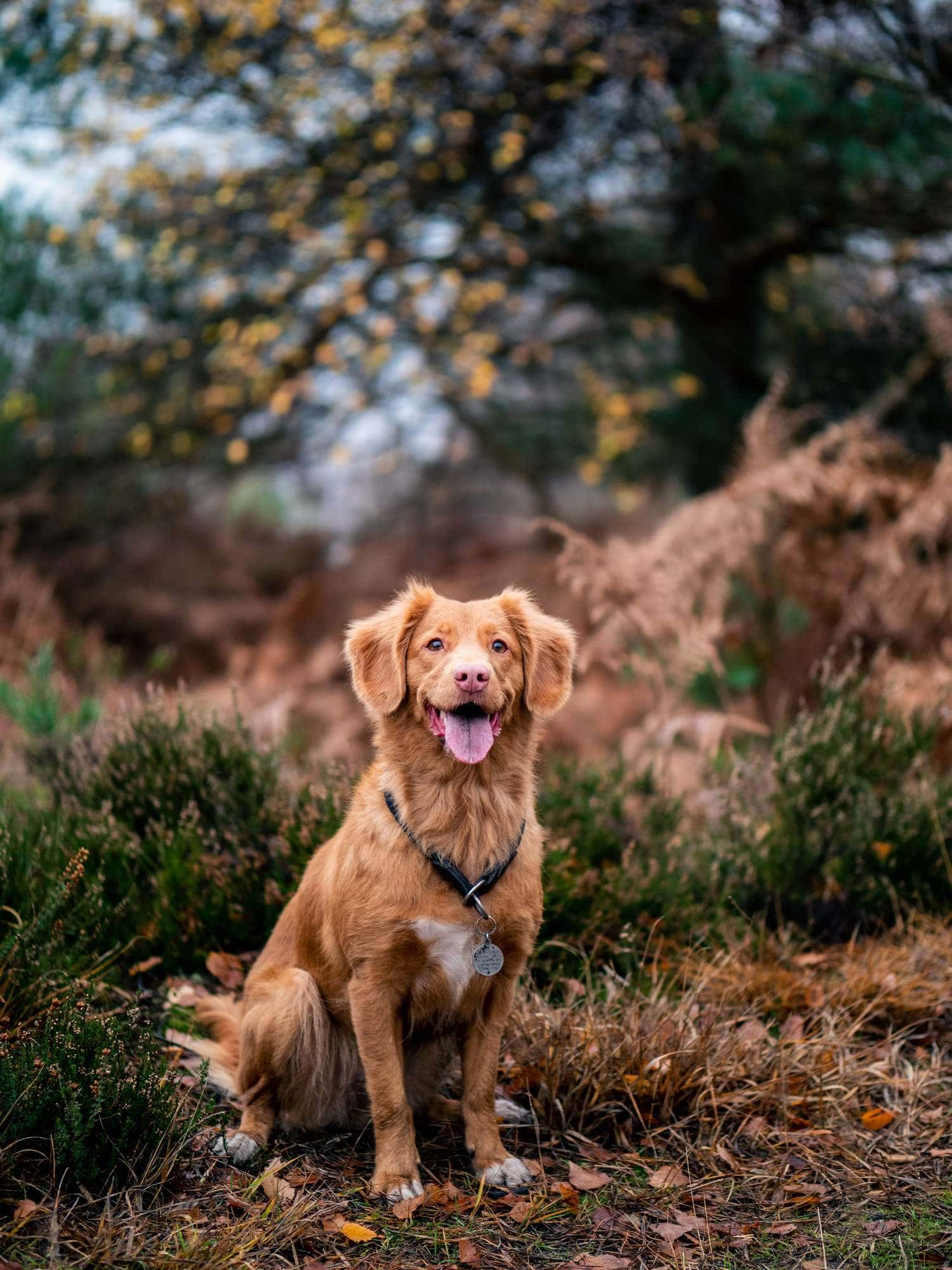
HOW TO PHOTOGRAPH PETS IN ACTION
Photographing a resting or sleeping pet can be very endearing, but in some cases it is not the most appropriate because it will not say anything about the animal's personality.
Although it is more difficult, with a few tips and a little practice you will master it before you know it. Let's see some tips and tricks for photographing pets in action :
- Photography in Speed Priority mode with high speeds, from 1/500s or more, depending on the speed of the animal ?
- Use the continuous focus mode as I told you in the settings and use the dynamic area here. If you have any questions, here you will find all the answers to your questions about focus.
- Use toys to make them run or jump to catch them. With cats you can resort to sticks with feathers or stuffed mice to make them jump.
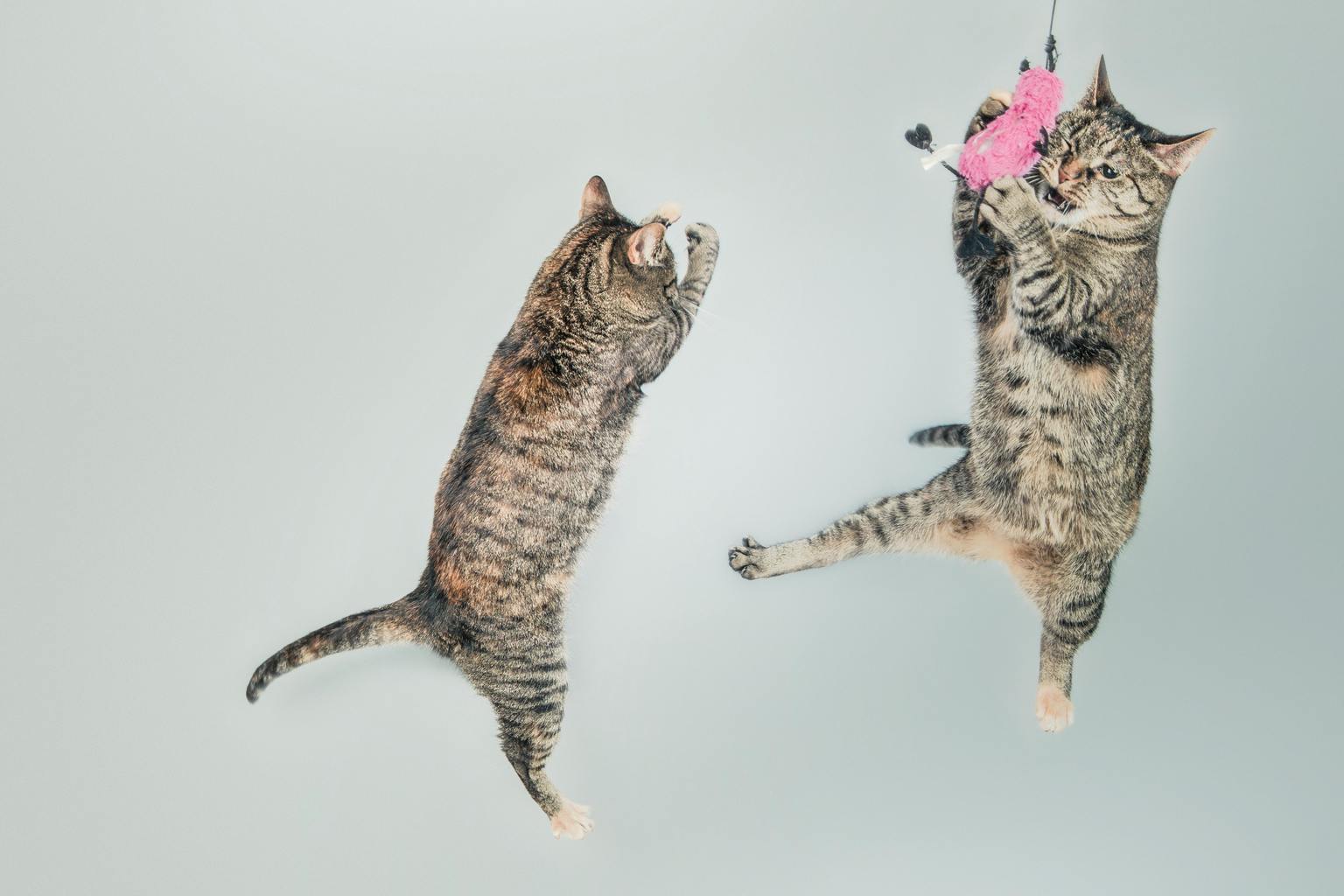
- Shoot in bursts to ensure the best shots.
- Use sweeping or panning to achieve creative and fun photos full of movement.
- Remember to leave more space in front of the animal, in the direction in which it is moving.
- Offer them food to photograph them heading towards you.
- A telephoto lens will be more useful in these cases.
- And if you need stabilization, forget about the tripod, use a monopod.
- Anticipate situations as much as possible to achieve unique images.
- Don't exhaust it too much, take the necessary breaks. Your well-being is essential.
- Have fun and let the animal do it too, the opposite will be reflected in the session.
PROFESSIONAL PET PHOTOGRAPHY
The following tips are especially indicated if you want to dedicate yourself professionally to pet photography, but... don't go! Surely more than one tip or tip will also come in handy even if you are just an amateur photographer.
PROFESSIONAL TIPS FOR PHOTOGRAPHING PETS
Aim well that all these little tricks will save you a lot of head warming and frustration:
- Allow them to get used to your equipment and to you. When you meet, don't pay too much attention to it, let them sniff and be in your presence, then take action.
- Avoid getaways. If it is an elusive animal and you go to its house to photograph it, before arriving, keep it in a place where it cannot hide or get lost and it is easy to prepare it for the session.
- Take care of aspects such as cleaning the animal and brushing. This can be seen in the photos.
- Avoid distracting collars and leashes. In processing it is difficult to remove them, especially the straps that get entangled in the legs. If there is no other choice, the trick is for the owner to hold the leash up, so it will be easier to remove it if that is what you want.
- Know in advance everything you can about the animal. If it can be left loose outside or not, if there is a chance that it will escape or harm someone or something, the age to know if it will tire sooner or later and how long it will take to recover, are some examples. Knowing this can save you trouble and headaches.
- Plan the session. If it is outdoors, pay attention to the temperature, find out if the animal has to walk a long way to get there, etc. Taking into account the limitations and needs of the animal is important.
- Find out if you have allergies, if you are on a diet or what you can or cannot eat to prepare a reward that does not harm you.
- Dose the rewards. You can break the candy that you are going to give them into very small pieces and dose them throughout the session, so you can make sure they are on your side, but without harming their stomach and not causing uncomfortable diarrhea that would make their family quite angry. .
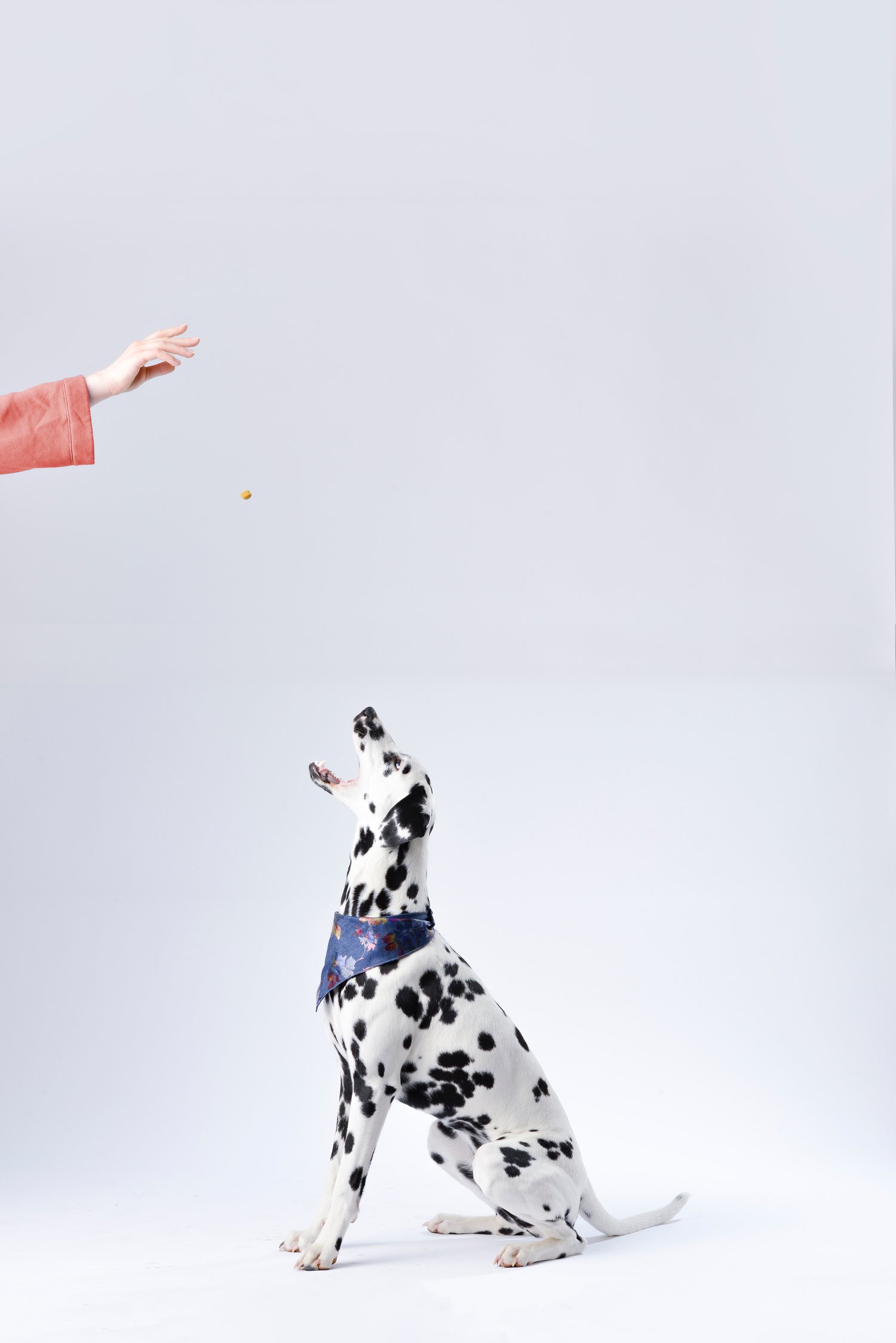
- positive reinforcements. Before starting the session, give him one of these treats that you know he can eat while you press the shutter so that he associates the noise of the shot with something positive.
- Use other reinforcements. Throwing his toy or caressing him where he likes won't do him any harm... Ask his owners what the pet is like and how you can make him happy .
- Get a helper. A collaborator is always handy, to help you with the equipment, to throw the toys, to ensure safety, etc.
- Call the animal's attention with sounds only when you are ready to shoot, with all settings set. oh! And with dogs avoid saying their name or they will run towards you. Do it only if that's just what you need ;P .
- Use squeakers to get their attention. For example these. They can also hide in stuffed animals.
- Knowing the animal and recognizing its body language to predict its behavior and knowing how to adapt to the situation will give you an advantage.
- Be careful with the black and white pets, it is better to expose so as not to burn the whites, it is easier to recover detail in the shadows in the processing than to recover burned areas.
- Place a toy or treat close to the camera so that they face the camera.
- Use a tripod when there are several pets in the same photo. You can photograph one and then the other to later join the images. It is difficult to catch several pets at the same time and that they all come out favored. With this trick you have the guaranteed solution.
- Take care of the gestures. Pay attention to photos in which he seems stressed or angry. Their owner will not like them.
- Make a minimum shot list. This way you make sure you deliver a complete session. I'll give you ideas about this right away.
- Use continuous lighting. It allows the animal's eyes to adapt better and is silent. The complete opposite of a flash!
- Use knee pads. This is so you don't wreck your knees as you crawl across the floor looking for the best shots. When you're on the ground you'll thank me ;P .
- Take the action photos first so that he gets tired and then be able to take the photos in rest mode. If action photos are not going to be taken in the session, as said, it is better for the animal to come to the session tired already.
- Get practice. Photographing pets is not like taking photos of a doll, which does not move, you put it where you want, etc. If you acquire practice before you will have a lot of cattle. You can go to an animal shelter, you will practice and they will have very cool photos with which to win over potential adoptive families. In addition, you can have photos to show your future clients. you all win
- Retouch. Do not be afraid of processing, make the lighting and contrast adjustments you need, such as giving clarity or texture to the hair, highlighting the eyes, etc. But be careful, without going overboard, it is not convenient for them not to recognize the pet in question, eh?
- Invest in equipment as needed. Do not jump to buy everything at once. Better go expanding the team as you need. Don't skimp either, if you want to sell, you have to invest.
- Contract, rights and obligations. Being up to date with both your rights and your obligations and having a standard contract for the sessions is, more than advisable, necessary.
PLANS THAT YOU MUST HAVE OF PETS
It is important that you make a list of the photos you want to have at the end of the session. Ideally, you should do some safety basics at the beginning of the session and then let yourself go for more creative photos. Here are some plan ideas you should include :
- Close-up of the head with the animal sitting and resting at eye level.
- Wide angle shot from above with the pet looking at you.
- General or full shot with the pet and its owner.
- From the ground or a very low angle, the pet jumping or running towards you.
- Blur in the foreground of his favorite toy and in the background with the pet in the middle shot.
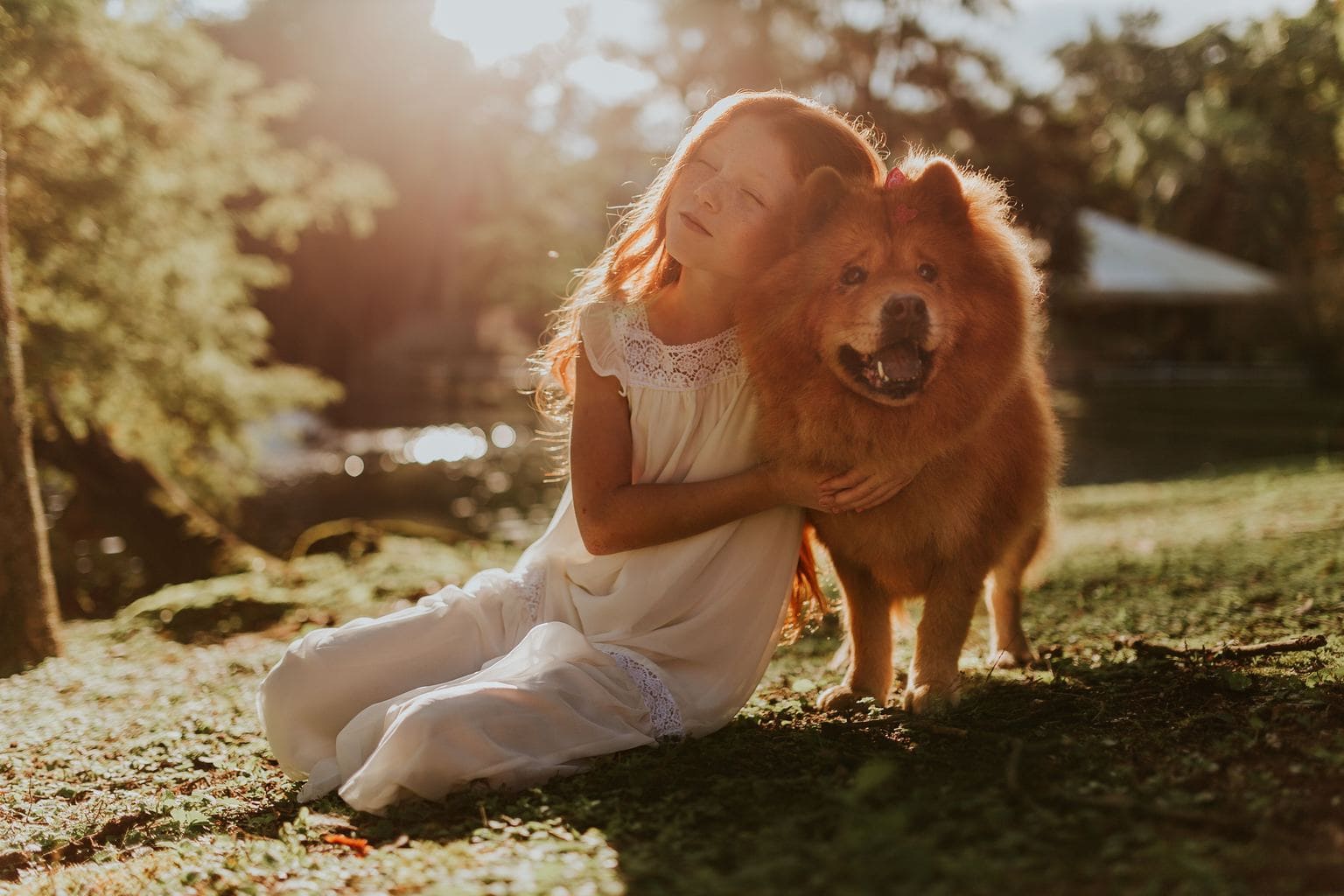
HOW TO PHOTOGRAPH PETS IN STUDIO
We are talking about a new and unknown place for the animal, so beyond some aspects that I have already mentioned, you should take these others into account when photographing a pet in a studio:
- Knowing the name (and gender) of the pet before it walks through the door is very important. And not only to win over the pet (which too), but also your client, who in the end is the one who pays and who should be happy ?
- Let the animal familiarize itself with the site before starting the session, even with your equipment (hence the importance of the lens hood and/or filter on the lens). Do not pay much attention to him when he arrives and, little by little, gain his trust. You can ask the family beforehand what they like: being scratched on the neck, on the head, being stroked on the back, or if they are very shy and need more time, etc. Knowing all this in advance will help you.
- Make sure you don't run out of water.
- Try to make the environment as calm and relaxed as possible, both for the dog and for the family, because if its owner is nervous or restless, the animal will perceive it. It is important that the temperature is adequate, that there is not too much noise, etc.
- Avoid referring to your clients as owners, rather treat them as the animal's family . Otherwise, some families may feel offended because for them it is one more member.
- Prepare the lighting and the background with which you are going to work.
- It is not a photographic advice, but keep the studio very clean, for hygiene, obviously, but also for company image.
Here you have an example video with a studio pet photo session.
WHAT SHOULD A PROFESSIONAL PET PHOTOGRAPHER CARRY IN HIS BACKPACK?
In addition to the equipment that I told you about at the beginning, a professional pet photographer's bag should not lack:
- Photographic cleaning kit, to solve licks and the like, for example this or similar.
- Spare batteries and cards.
- A squeaker.
- Pet treats and toys.
- A towel.
- wipes.
- Notebook and pen.
- Protective cover for the camera (rain, splash, drool, etc.)
CREATIVE IDEAS FOR CREATIVE PET PHOTOS
We have seen the most technical part, now, as promised, we are going to add a touch of creativity to the recipe with these original pet photography ideas:
- Disguise the mascot (it can be a homemade costume) or use some kind of props, a hat, glasses, a bow tie, a bow, etc. Of course, if you are not comfortable, do not force.
- Carry out a series, telling a story, documenting their habits, their most common gestures, giving them a foam bath, leaving them a new and striking toy, etc.
- Use baskets, boxes, carts, a backpack or any other object or place where you can think of and, very important!, where the pet is comfortable.
- Photograph her practicing one of your hobbies. For example, if you like to read, put it as if you were reading a book; with a tennis racket, if it is your favorite sport; or... why not?, with a camera in front. These photos are the cutest.
- Along the same lines, those that simulate human situations are also very good, for example, in front of a steaming cup of coffee and wrapped in a blanket.
- smacking. To do this, use the trick of smearing his muzzle with his favorite cream. It doesn't fail. But you have to be quick or it will eat it before you have time to click… get it all ready!
- Experiment with double exposure with the pet and other elements.
- Play with forced perspective.
- Photograph it from below while it is on a glass. This prospect is most striking.
- Photograph it in the water.
- If Photoshop is your thing, create whatever comes to mind.
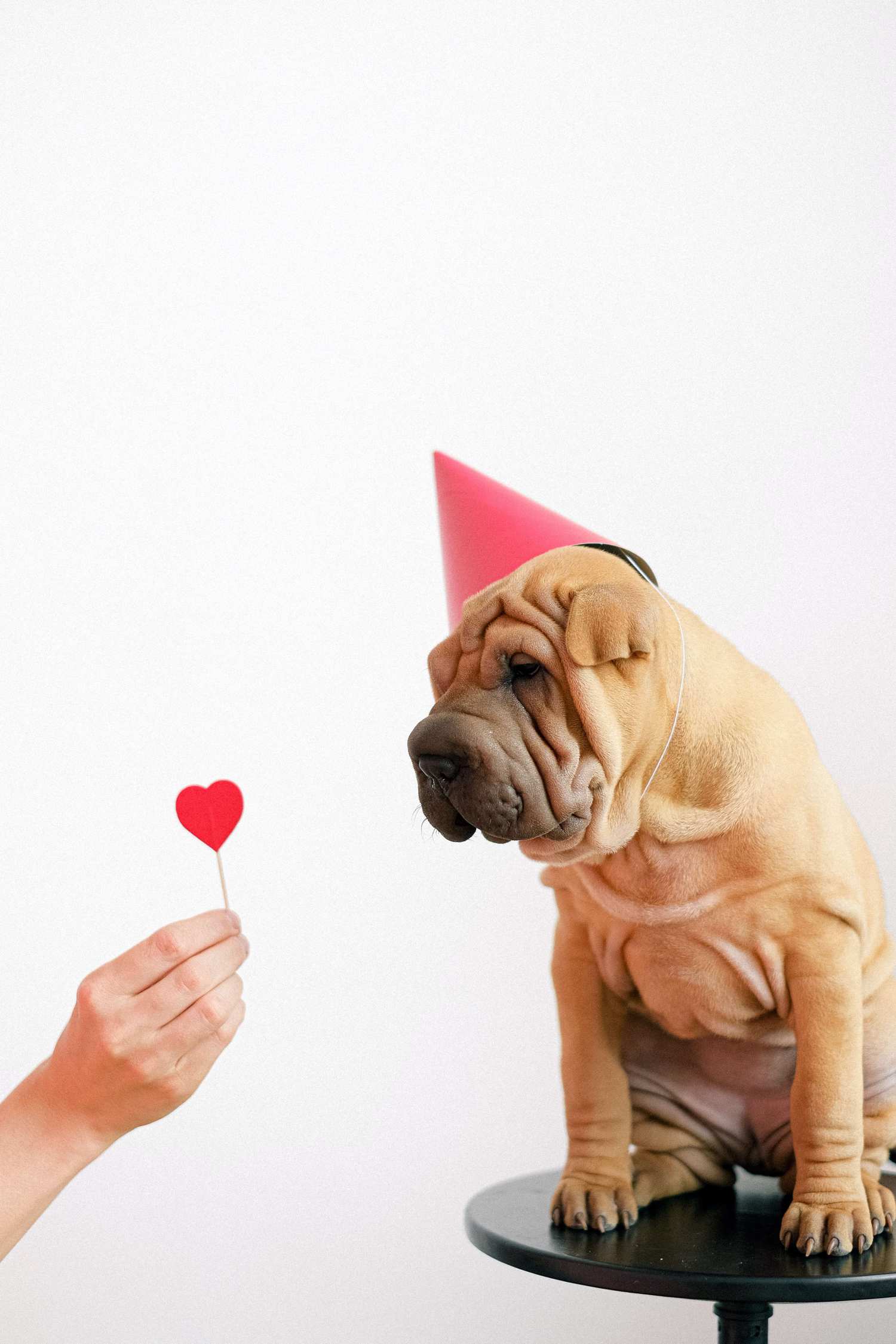
PET PHOTOGRAPHY BOOKS
If you want to continue delving into the subject, here are two recommendations for pet photography books in general. If you search the net for something more specific, for example, photos of dogs, or cats, etc., you will find more variety, especially in photobooks.
- Photograph pets. The art of photographing your best friend. For amateur photographers who want to take better photos of their pets. Written by professional animal portraitists Andrés López and Merce Alonso, from Fotopets.
- pet photography. Also for fans who want to get impressive photos of their pets. In this case, in English.
INSPIRATION FOR PET PHOTOGRAPHY
If photos of dogs are your thing , you will like this article with inspirational images a lot. In this other one you will find the original photos that readers sent to the pet challenge.
On the other hand, the Internet is full of images of pets photographed by their owners in countless poses and situations. You just have to search on Pinterest or Instagram, or in any image bank for “pet” , or for “pet”. For now, you're going to be blown away by these pet Instagram accounts:
- jeremyveach. A most friendly dog and a photographer with great taste. A combination of 10.
- jackthecockatiel. Of course, not only cats and dogs are pets. Here is the sample, a very graceful Brazilian nymph photographed with a lot of art.
- darcytheflyinghedgehog.The photos of this hedgehog are priceless.
- tunameltsmyheart. This account is proof that there is no ugly dog but, as I said at the beginning, a photographer with a lack of practice or experience.
- mensweardog. The Martini boy in canine version. Style, creativity and originality are the keys to this account.
- thiswildidea. It is about another dog, this time it is a travel and life companion, portrayed in a multitude of situations and in spectacular places, with a good eye, good taste and a lot of creativity.
- pumpkintheraccoon. He is not a dog, but he believes it, even though he is a raccoon. A rescued raccoon that you can see happy with his dog life From him. Some images are quite funny.
- meetgarfi. The angry cat that will make you smile more than once.
PET PHOTOGRAPHERS
Next, I leave you a list of pet photographers from whom you can learn a lot and get a lot of ideas.
- Nanuq Dog Photography
- carli davidson
- Seth Castel
- Jesse Freidin
- rachael mckenna
- alex cearns
- bernard sim
- Ron Schmidt
Finally, if you like animal photography, I think these articles may also be of interest to you:
- nature photography
- Mistakes to avoid when photographing in a zoo
- bird photography
And up to here all the information I have in my hand on pet photography. If there is something that you think I have escaped, please, leave it in the comments, I would be delighted if you would expand with any detail or advice or if you have doubts that we can solve them.

